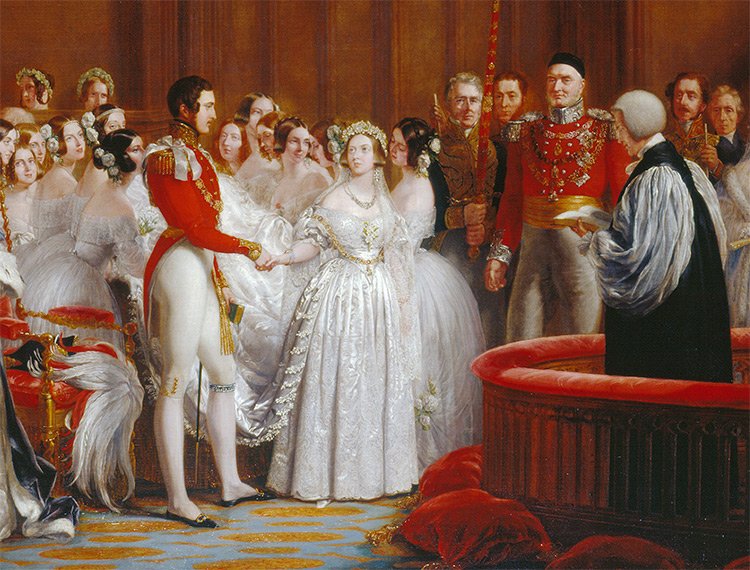Awhile back, on Etiquetteer's Facebook page (did you know Etiquetteer had a presence on Facebook? Etiquetteer uses it mostly to post relevant media articles about manners, or the lack of them, and the occasional one-line etiquette tip. Please stop by.) Etiquetteer posted a handy tip on social introductions: "When out in public with friends or acquaintances and encountering other friends or acquaintances, always introduce everyone to everyone else. No one likes to be overlooked." To which a reader replied "I would love a suggestion on what to do when I can't recall someone's name and I need to introduce them." And which led another reader to query "A problem arises when the friends you meet know you and you cannot remember ever having seen them before! Etiquetteer, what does one do then? I am quite serious."
This column endeavors to answer these questions. As Ellen Maury Slayden once said (about another situation entirely, but it still applies here): "Keep cool. This is a test of breeding."
Naturally it's very embarrassing to realize that you can't remember someone's name, or even whether or not you know them, or how. Three courses are open to you, once the flames of panic have been suppressed: introduce the other person first (though this may be out of precedence*, Etiquetteer will give you a dispensation), buy time by drawing the out the conversation hoping that a clue will jog your memory, or frankly admit that your memory has failed you. Believe it or not, the latter course is often the better one. A simple "My goodness, this is so embarrassing. I have completely forgotten your name! Please forgive me." ought to win everyone over to your side. It's such a direct appeal for sympathy, and you'll underscore it by maintaining eye contact with that person, and not looking away shamefacedly. You must then, if you can, follow it up with the memory of some kindness that person did for you, to prove that your temporary mental lapse was only the person's name, and not their value to you.
On a more comic note, you could also try the Scarlett O'Hara Approach -- "Every time I have on a new bonnet all the names I ever knew go right slap out of my head!" -- or the Tallulah Bankhead Approach -- "I don't really care what your name is, I just want to call you all Dahling, especially when you come to make love to me at five o'clock. If I'm late, start without me." The latter should startle everyone enough that you can make a clean getaway swooping off to the bar.
Whatever you do, don't try to con them into saying their own names by saying "And I've had so much trouble pronouncing your name you'd better introduce yourself." The name you've had "so much trouble pronouncing" might be "Joe Smith."
When you can't even remember who those people are, much less their names, often the best course is to ask "My goodness, I can't even remember the last time I saw you! Where was it? And what have you been up to since?" This puts the onus of the conversation on them, which should lead to many clues.
The real test of breeding is, when you discover that your own name has been forgotten by someone else, passing it off lightly and not taking it to heart. This sort of lapse happens to everyone.
*Precedence for social introductions used to be much more complicated than it is today. Etiquetteer boils it down to these:
- Gentlemen are introduced to ladies. "Mrs. Oldwitch, may I present Mr. Randy Wicket."
- Younger people are introduced to older people. "Miss Dewy Freshness, may I introduce you to Mrs. Raddled Oldwitch?"
- Junior employees are introduced to senior employees or executives, regardless of gender. "Mr. Chairman, I'd like you to meet Jeremy Filing, from the Accounting Department. Jeremy, this is Gerald Chairman."
- Everyone is introduced to elected officials, regardless of gender, age, or rank. "Mr. President, may I present Mrs. Raddled Oldwitch."
It's almost October, which means that the Perfectly Proper are already thinking about their address lists for Christmas, New Year's, or other seasonal greeting cards. Should you have queries on this or other subjects, don't hesitate to reach out to Etiquetteer at queries_at_etiquetteer_dot_com!







